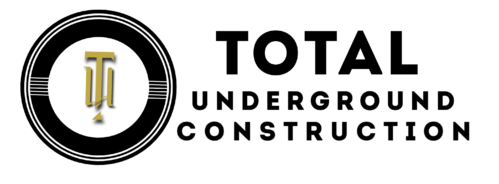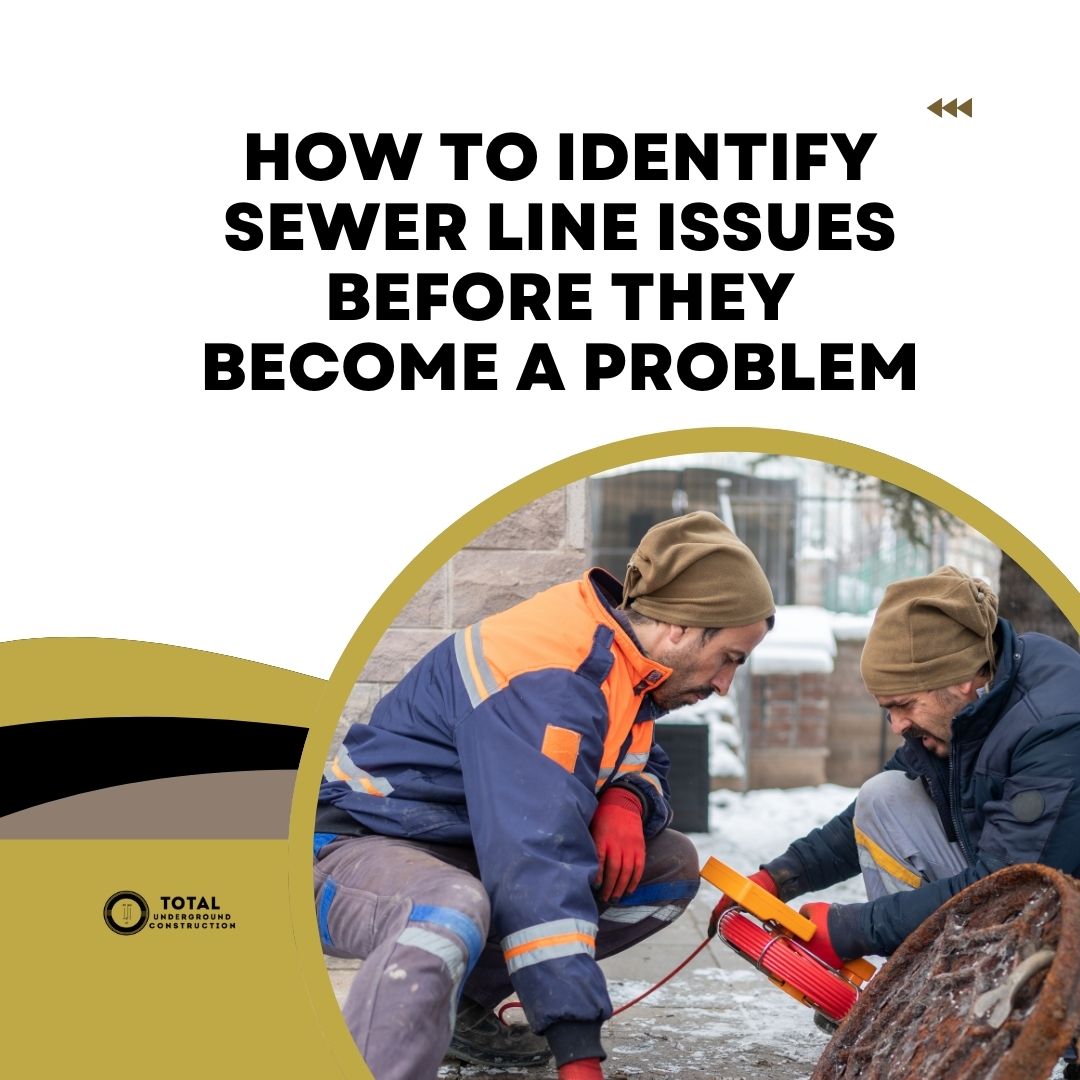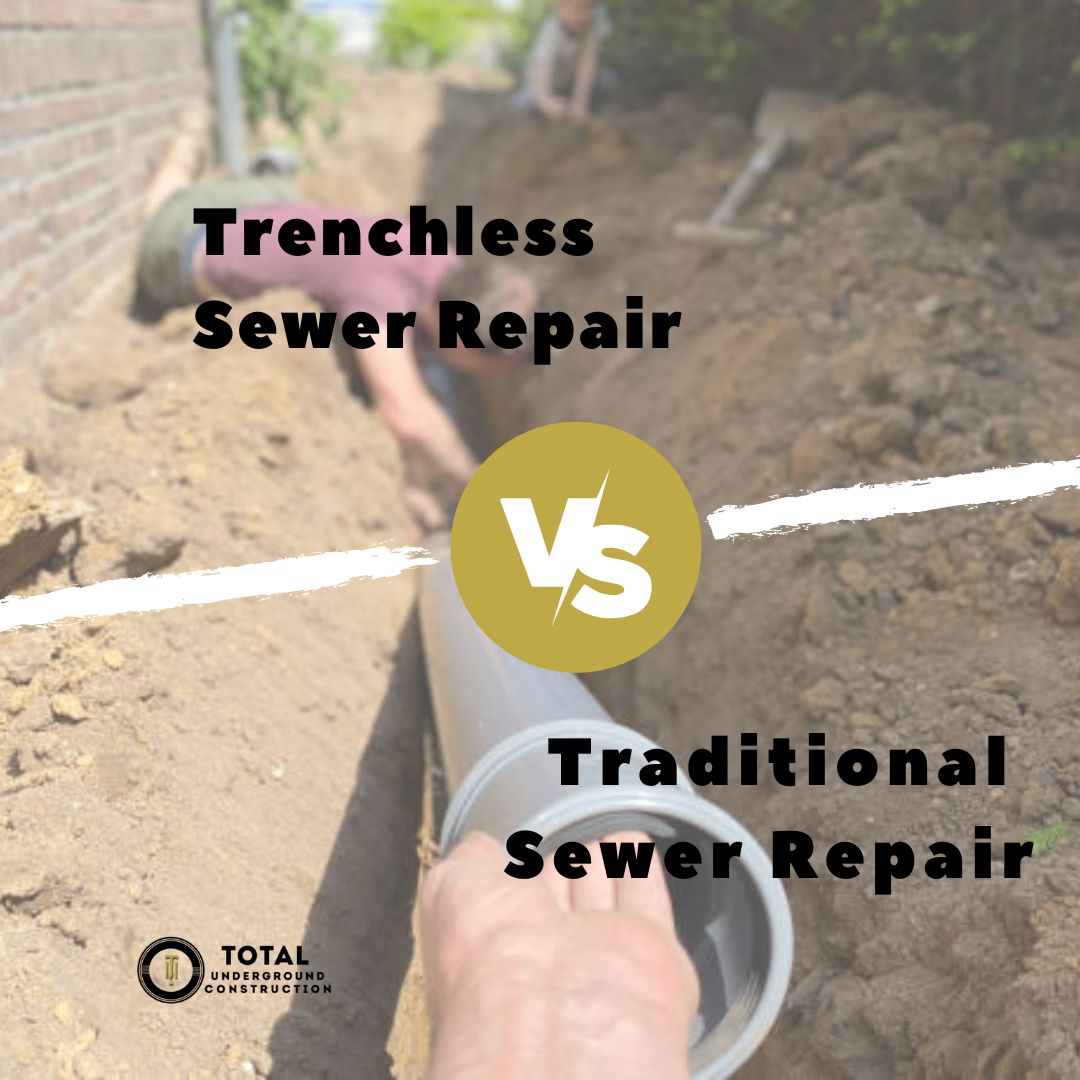Sewer backups result in sewer water exposure. Wastewater exposure has adverse health outcomes, as wastewater contains infectious agents. Further, sewer backup may lead to water damage and expensive rebuilding. Hydro jetting is one of the most effective techniques to prevent sewer backups.
Hydro jetting entails using high-pressure water jet streams to dislodge and shatter the blockage in the sewer pipe. Its high efficacy with persistent clogs, environmental nature, and economic benefits make it a good drain cleaning option.
This guide outlines hydro jetting, how it helps prevent sewer backups, and its main advantages and uses.
Table of Contents
- What is Hydro Jetting?
- How Hydro Jetting Prevents Sewer Backups
- Key Benefits of Hydro Jetting
- Unique Insights: When to Use Hydro Jetting
- FAQs
What is Hydro Jetting?
Hydro jetting is a technique of using high-pressure water bursts to knock off and eject clogs in drains and water pipes. During this process, the water pressure can be 7,000 to 60,000 psi (approximate).
Hydro jetting is efficient in minor blockages, like grease, soap, and hair. It also unclogs significant blockages such as tree roots and calcified scale. The method unclogs and cleans drains; thus, it is an efficient preventive measure for the future buildup of blockages.
Homeowners apply hydro jetting to prolong the service life of pipes by freeing them (the pipes) from excessive pressure resulting from blockages. Professional plumbers use camera inspection to get information about problems in the pipes, like cracks and corrosion. This allows you to take preventive measures before the problems turn into serious structural issues.
Equipment Overview
Hydro jetting is carried out by special tools or equipment known as the jetter. The jetter has a hose, nozzle, and water container, which are pressurized from water stored inside the nozzle. While the hose guides the high-pressure water jets towards the nozzle, the nozzle breaks the blockages.
Note that the jetter doesn’t work alone. Other components include the video inspection camera, rotating nozzle, and pressure gauge. The video inspection camera probes for obstructions and other defects in the pipes. The rotating nozzle flushes the pipes, and the pressure gauge determines the proper pressure for the operation.
Process Overview
The following are the main procedures of the hydro jetting sewer line cleaning method.
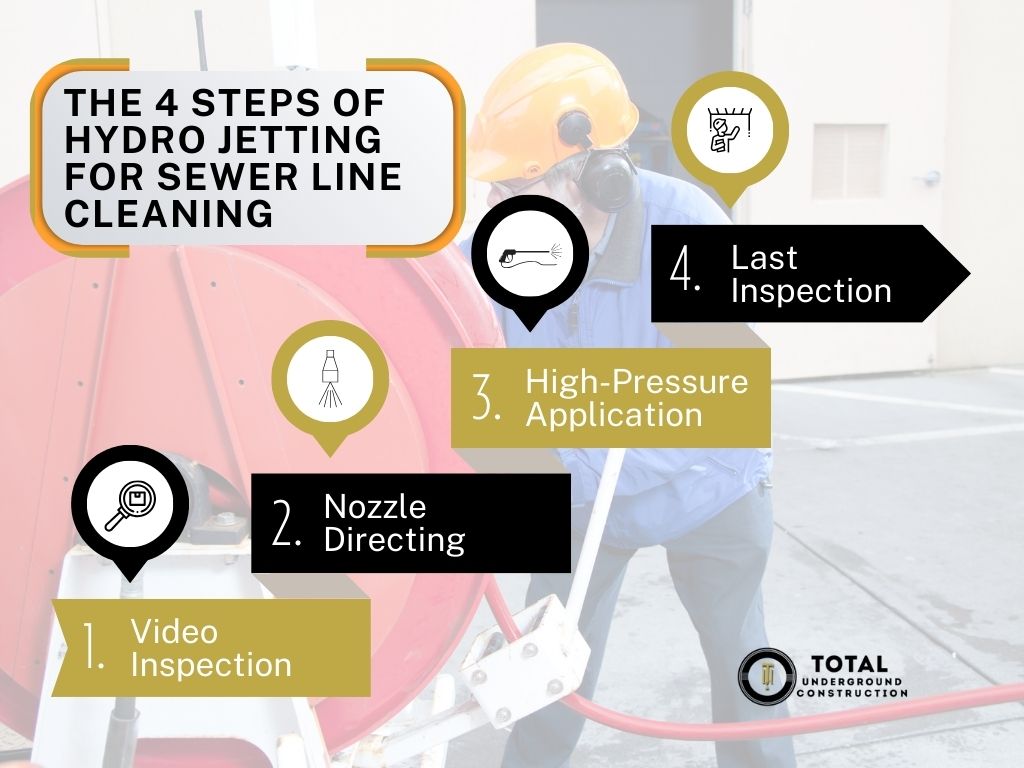
Step 1 – Video Inspection
Plumbers direct a video inspection camera along the obstructed sewer line to ascertain the nature and degree of blockage. This helps identify other problems that may be impacting the drains.
Step 2 – Nozzle Directing
Upon confirmation of the type and amount of blockage, plumbers direct the jetter into the plugged sewer line.
Step 3 – High-Pressure Application
In this stage, high-pressure water is injected into the sewer line to penetrate the clogs, tree roots, and obstructions. The elevated pressure also washes the inner walls so they do not clog quickly after the removal.
Step 4 – Last Inspection
To guarantee the effectiveness of the process, the professionals make a final video sweep to check the condition of the drains.
The Technique’s Effectiveness
Hydro jetting is a reliable technology for clearing the sewer pipe and preventing sewer blockages because:
- It’s powerful: The high-pressurized water jets penetrate even the most hardened clogs, cut their way through small tree root systems, and overcome the resistance provided by hardened grease and debris.
- It’s flexible: Hydro jetting allows penetration through inaccessible places within the sewer line and other drains, thus providing a powerful unclogging for them.
- It’s preventative: The method sweeps the walls, leaving them free from clogging that impedes the formation of subsequent blockages.
- It’s long-serving: Hydro jetting’s effects last a long time. The duration of one round of drain cleaning can last 1-5 years, depending on the sewer line’s use. Just like other high-pressure plumbing tools, this is not a frequent technique.
How Hydro Jetting Prevents Sewer Backups
Hydro jetting prevents sewer backups in several ways.
First, it cleans the grease, debris, tree roots, and other blockages from the sewer line, preventing sewer water backflow. Second, hydro jetting stops the sewer water from backing up and coming into the house by clearing the inner walls and preventing the clogs from reclogging too quickly.
The technique is also crucial in rehydrating and rehabilitating the pipe’s flow capacity and enhancing flow performance. Clogs constrict the pipe interior diameter, immobilizing the wastewater flow. Consequently, the wastewater backs up, calling for urgent pipe-cleaning solutions to resolve the problem.
Thanks to hydro jetting, the wall scour helps expand the pipes to their original diameter and capacity and drain the wastewater without any clog.
Hydro jetting isn’t a reactive fix. It includes scrubbing the inside wall to prevent early clogs from reoccurring and prevent future blockage.
Key Benefits of Hydro Jetting
There are several advantages of hydro jetting that make it an ideal choice for drain cleaning purposes.
1. Thorough Cleaning

Most property owners use snaking (drain snake) to clear intractable blockages and clean drains. However, in the case of hydro jetting vs snaking, the former takes the day.
Hydro jetting consists of high-pressure water jets breaking up blockages and flushing them out, rendering the inside walls clean. Snaking doesn’t clean the inner walls, so the clogs may quickly reform. Hydro jetting is a better solution if you need thorough sewer cleaning.
Snaking is suitable for small and soft obstructions such as hair, tissue paper, and food sludge. Hydro jetting is a long-term plumbing maintenance solution because it cleans out the pipes and prevents re-blocking.
2. Environmentally Friendly
Are you looking for chemical-free plumbing solutions? Hydro jetting is one of the safest methods because it relies on high-pressure water instead of toxicants. It’s a green drain cleaning solution that has minimal environmental impact.
Environmentally safe hydro jetting is also noninvasive. It does not require digging and waste disposal, which may harm Mother Nature. Moreover, it cleans the drain thoroughly without any residue. This eco-friendly sewer cleaning solution is still harmless to structures adjacent to it and people near rivers and lakes.
3. Cost-Effective Maintenance
A way to prevent emergency sewer line repairs is addressing sewage backups, which is possible with hydro jetting. Sewage backups damage property because the sewage penetrates walls, floors, and foundations, leading to expensive repairs.
Sewer backups also create dampness, which encourages mold growth. There is a problem with mold that remediation can be expensive.
Hydro jetting eliminates the need to repair the pipes and prolongs their life, decreasing replacement costs. Hydro jetting is simple and inexpensive for homes and commercial applications, like restaurants, where sewer lines are frequently used.
Although the initial investment for hydro jetting is high, it is a cost-effective solution in the long run because it keeps the drain clean from frequent cleaning. That’s rare among most traditional preventative plumbing solutions.
Remember, you can hydrojet annually for $300 to $1,1000 for residential property and $500 to $3,000 for commercial property. So, if you are looking for affordable sewer maintenance, look no further than hydro jetting.
Unique Insights: When to Use Hydro Jetting
While hydro jetting is an excellent drain-cleaning option, it’s essential to know when to go for it. Here’s when to use hydro jetting:
When other drain cleaning methods are unsuccessful
Drain snakes and plungers are useful for light clogs. However, these methods are ineffective in breaking the matts of large and difficult clogs, and that is where hydro jetting comes in. However, you can use hydro jetting with other drain maintenance procedures, such as snaking and plunging.
During persistent or recurring clogs
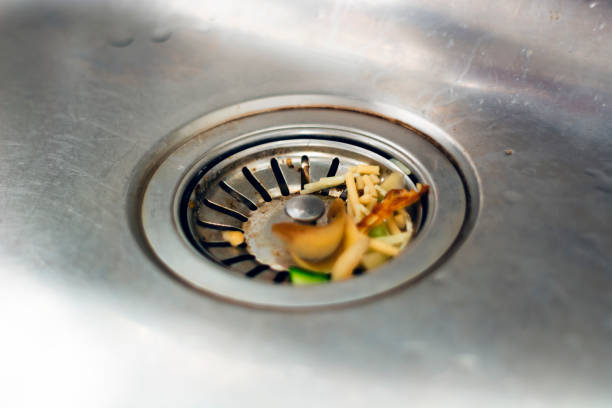
If the clogs are resistant, for example, because the anti-clogging method does not travail the walls, consider hydro jetting. The technique sweeps the inner walls to clear the toughest blockages.
When dealing with wastewater backup
Hydro jetting is effective against sewage backup. Consider it when wastewater finds its way back to your household water or when gray water overflows back to the house from the toilet, bathtub, or sink.
When the plumbing is noisy
Have you noticed strange sounds, like gurgling, from pipes? A gurgling noise is indicative of a clogging. If it comes from one pipe, the blockage could be site-specific, but if it comes from several fixtures, it is a stubborn clog in a sewer line, which requires hydro jetting.
Other Hydro Jetting Applications
Other signs to identifying sewer cleaning needs include:
- Water pooling in the yard
- Toilet bowl water receding
- Adjacent trees and their root systems encroaching on the sewer pipe.
- Old pipes (which are more prone to corroding and deposits).
- Fruit fly infestations (a symptom of organic matter clogging).
FAQs
Is hydro jetting safe for all types of pipes?
Hydro jetting is safe for most modern plumbing systems. Polyvinylchloride (PVC) or high-density polyethylene (HDPE), the primary materials in plumbing systems, can withstand high water pressure. However, consider pipe compatibility to ensure a safe hydro jetting method.
How often should hydro jetting be performed?
Professionals recommend hydro jetting at least once a year. However, treatment frequency depends on usage and the state of the pipes. The lower the frequency, the lower the frequency of hydro jetting. Old sewer pipes are more susceptible to clogs, which calls for a regular hydro jetting schedule.
Can hydro jetting remove tree roots?
Yes, you can use hydro jetting to remove tree roots. The method efficiently cuts through small tree roots to prevent further growth. Thus, this root-cutting sewer solution effectively clears existing blockages caused by root intrusion and prevents future blockages. Additionally, tree root removal hydro jetting is noninvasive as it doesn’t involve digging.
